Click on the images below to open the gallery and view them full-size.
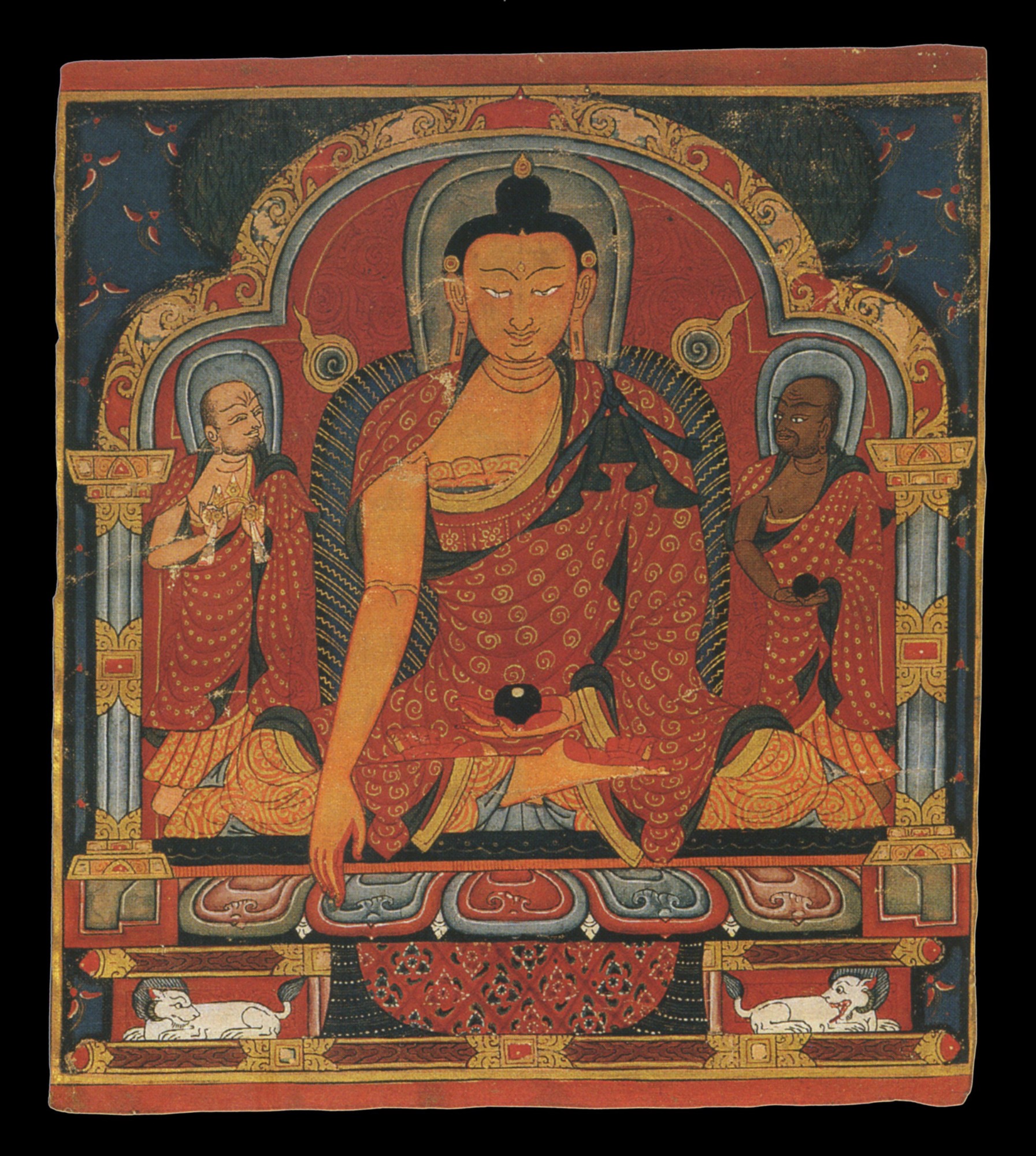
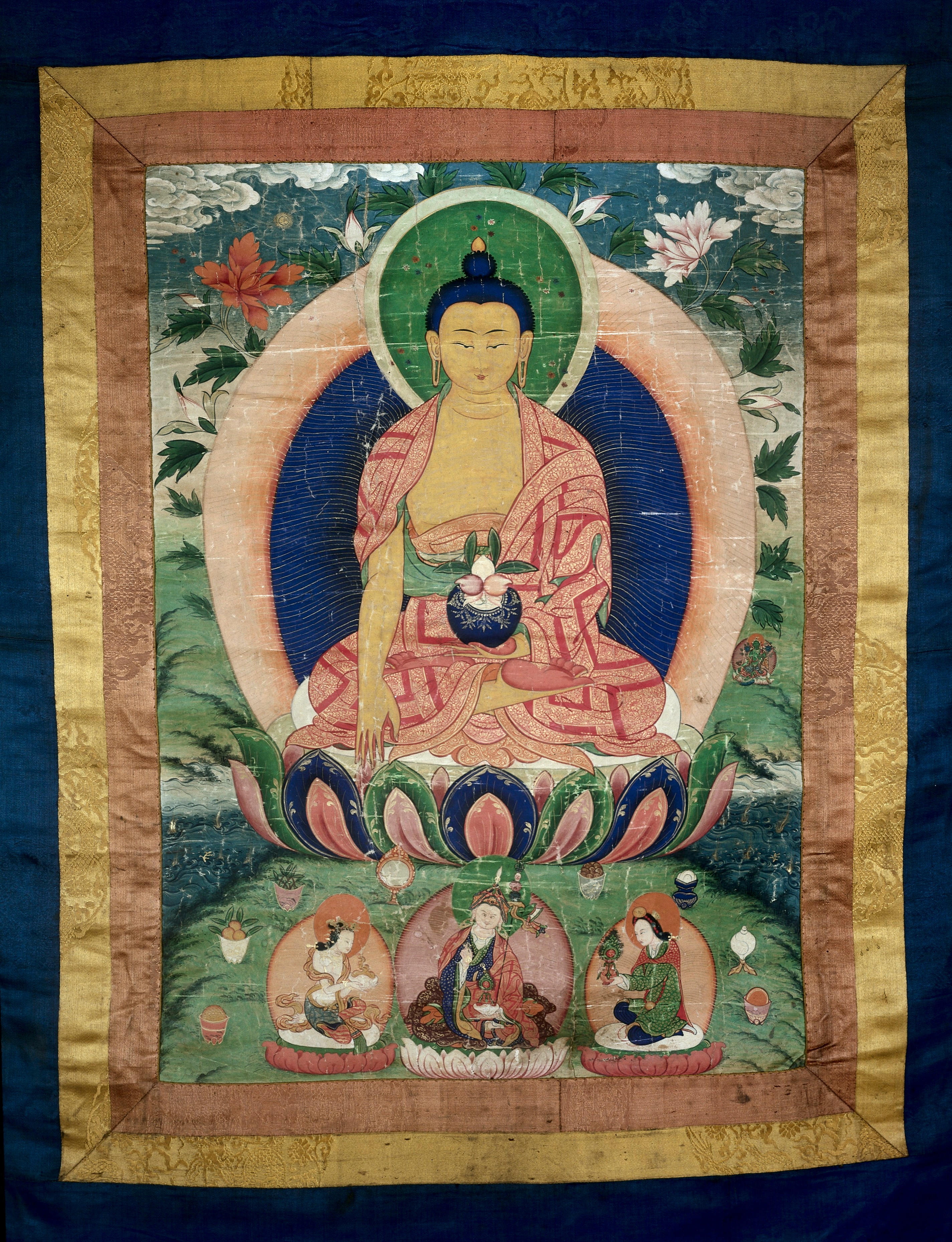
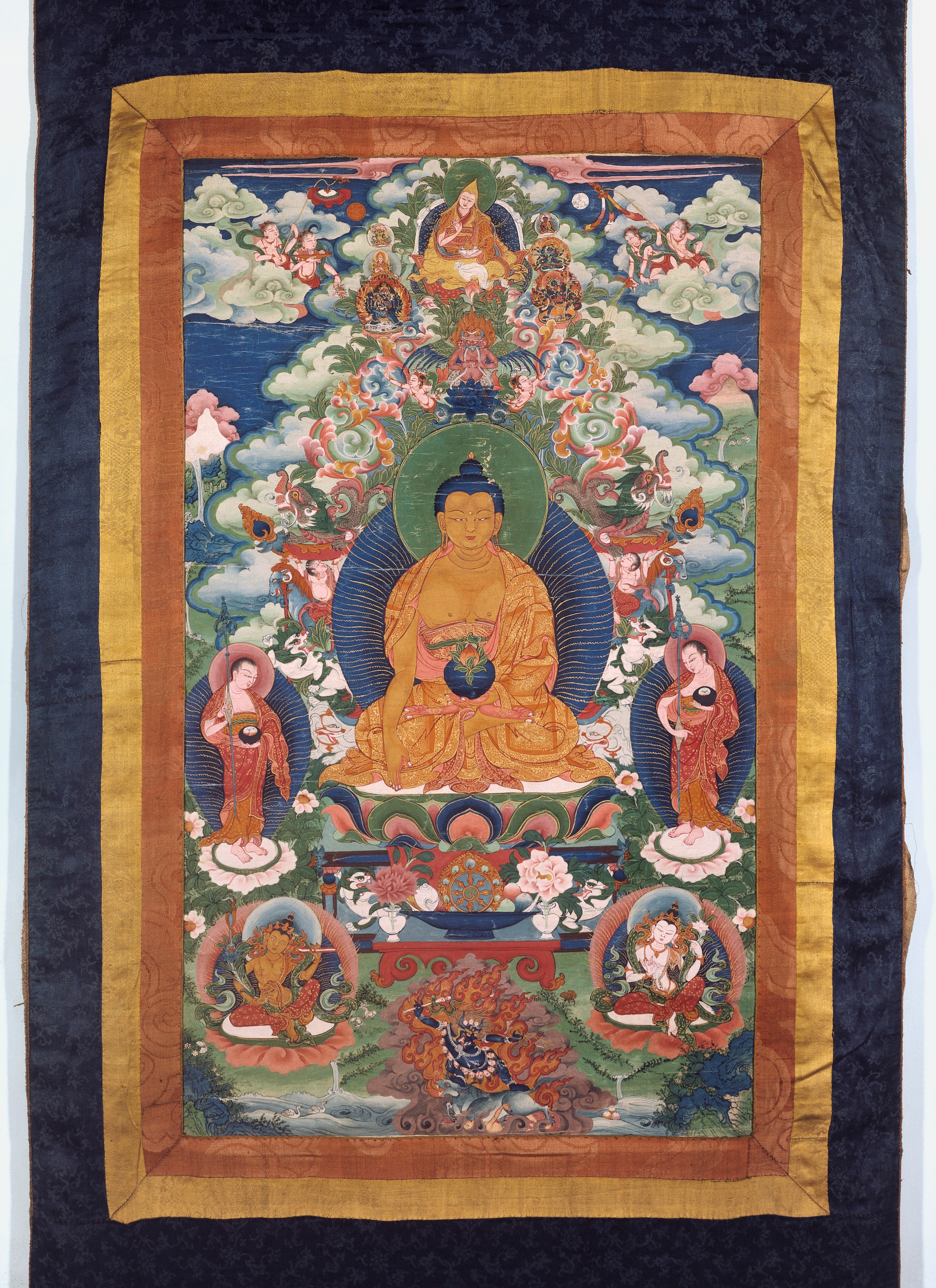
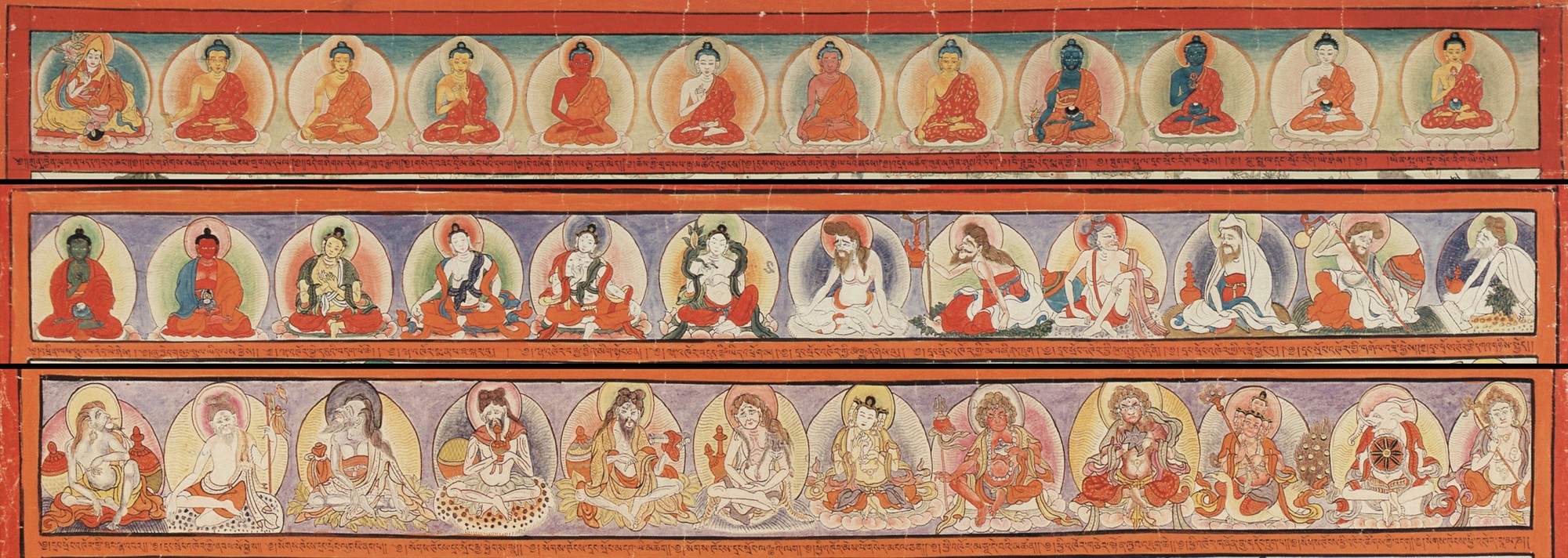
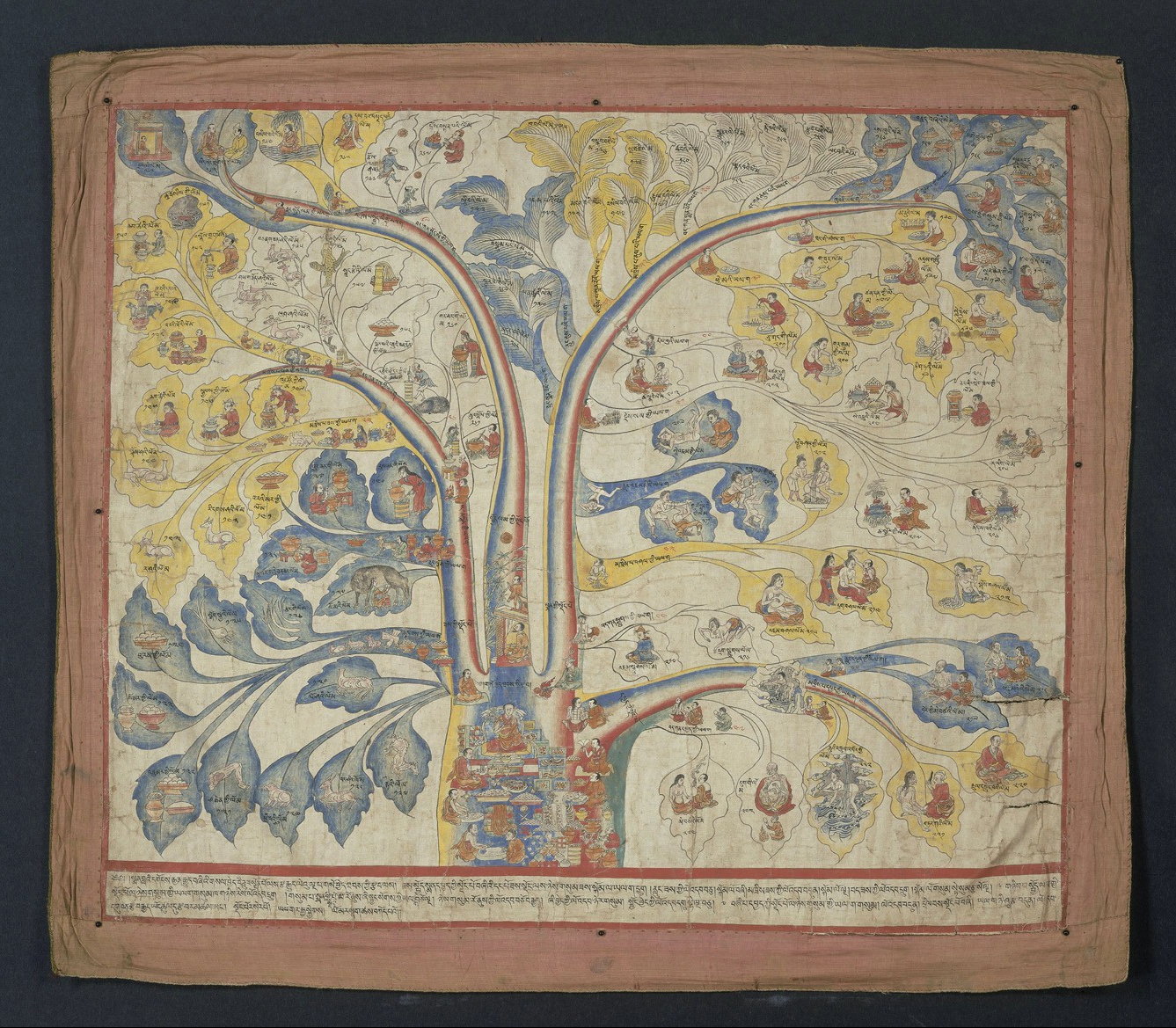
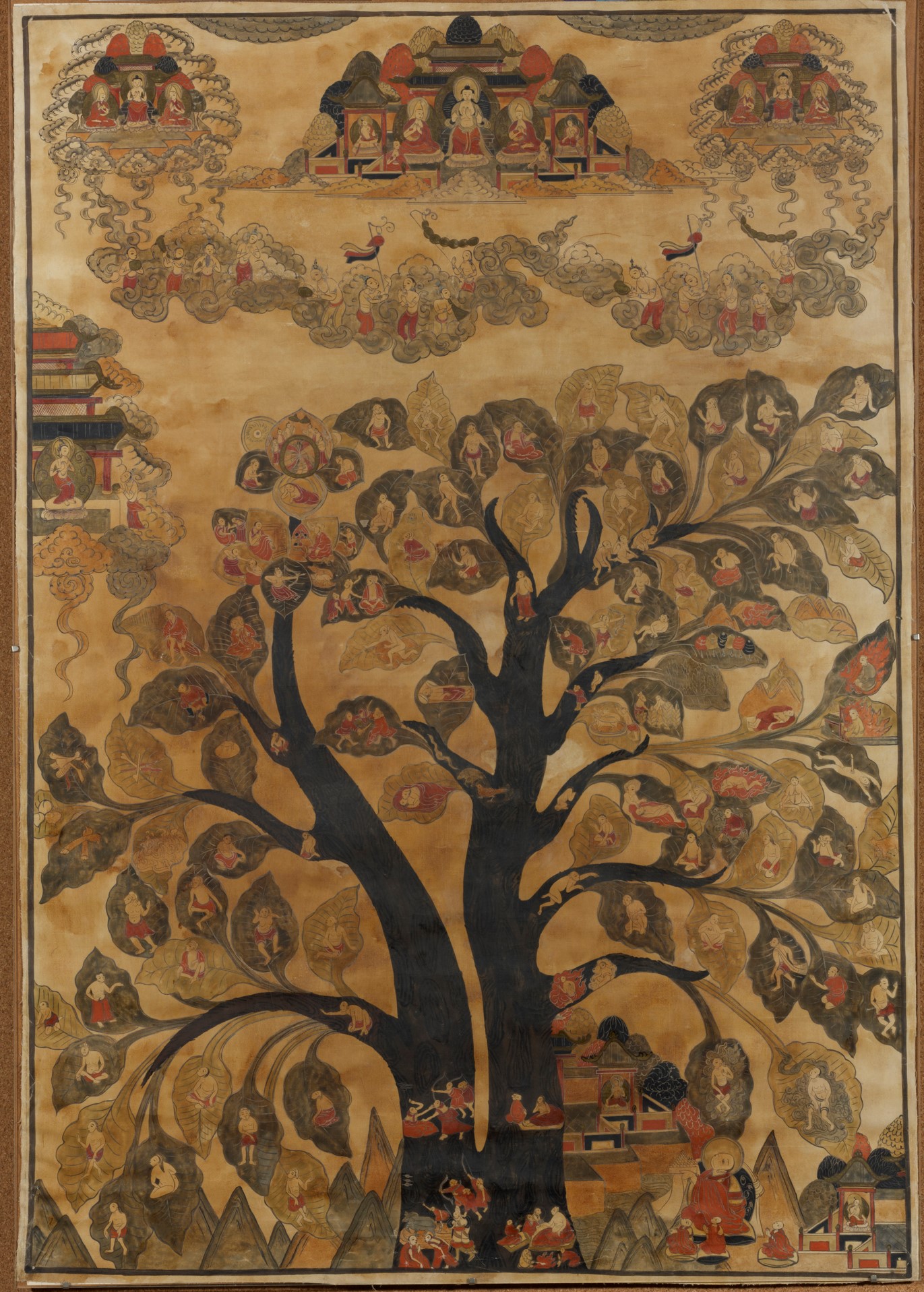
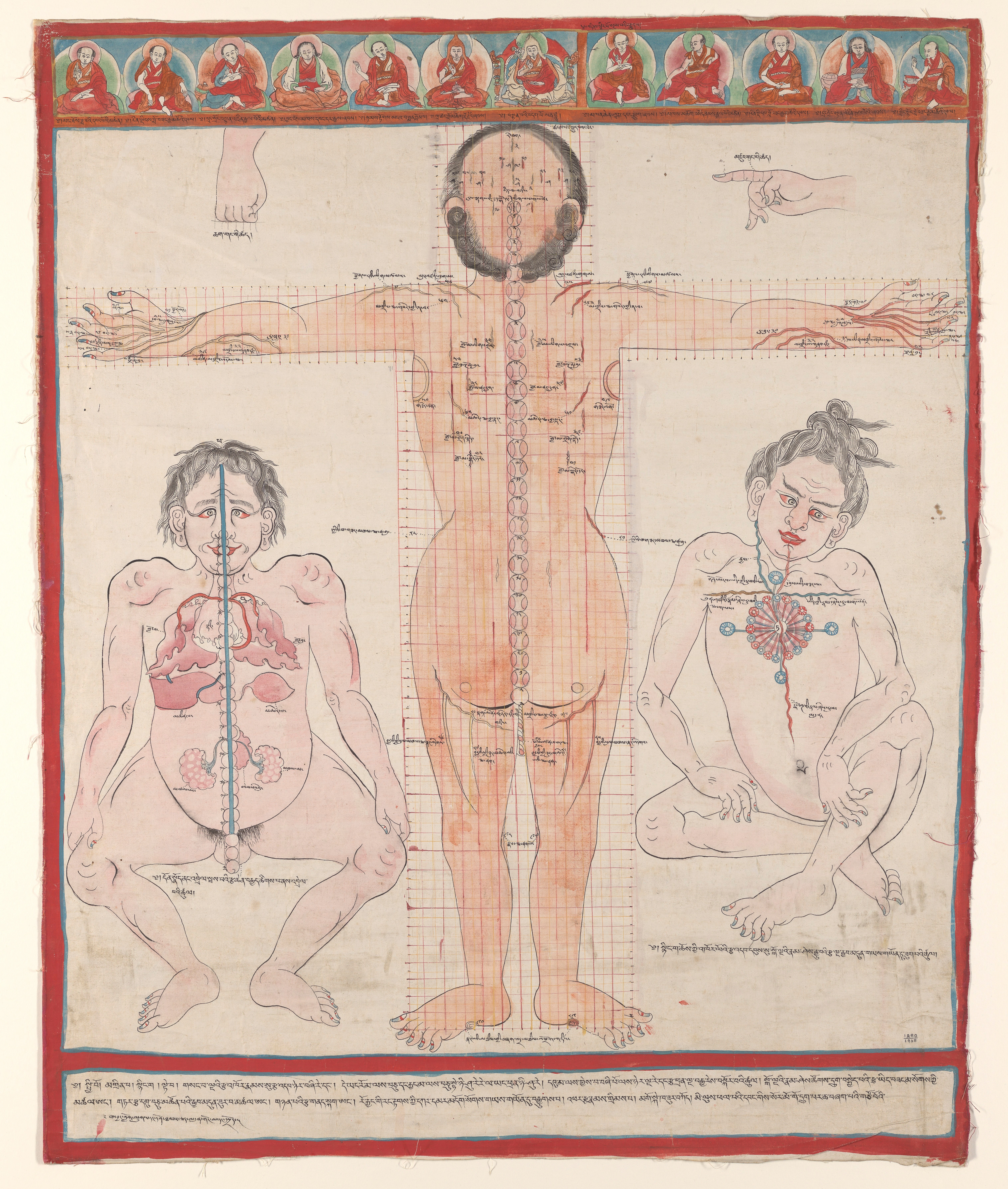
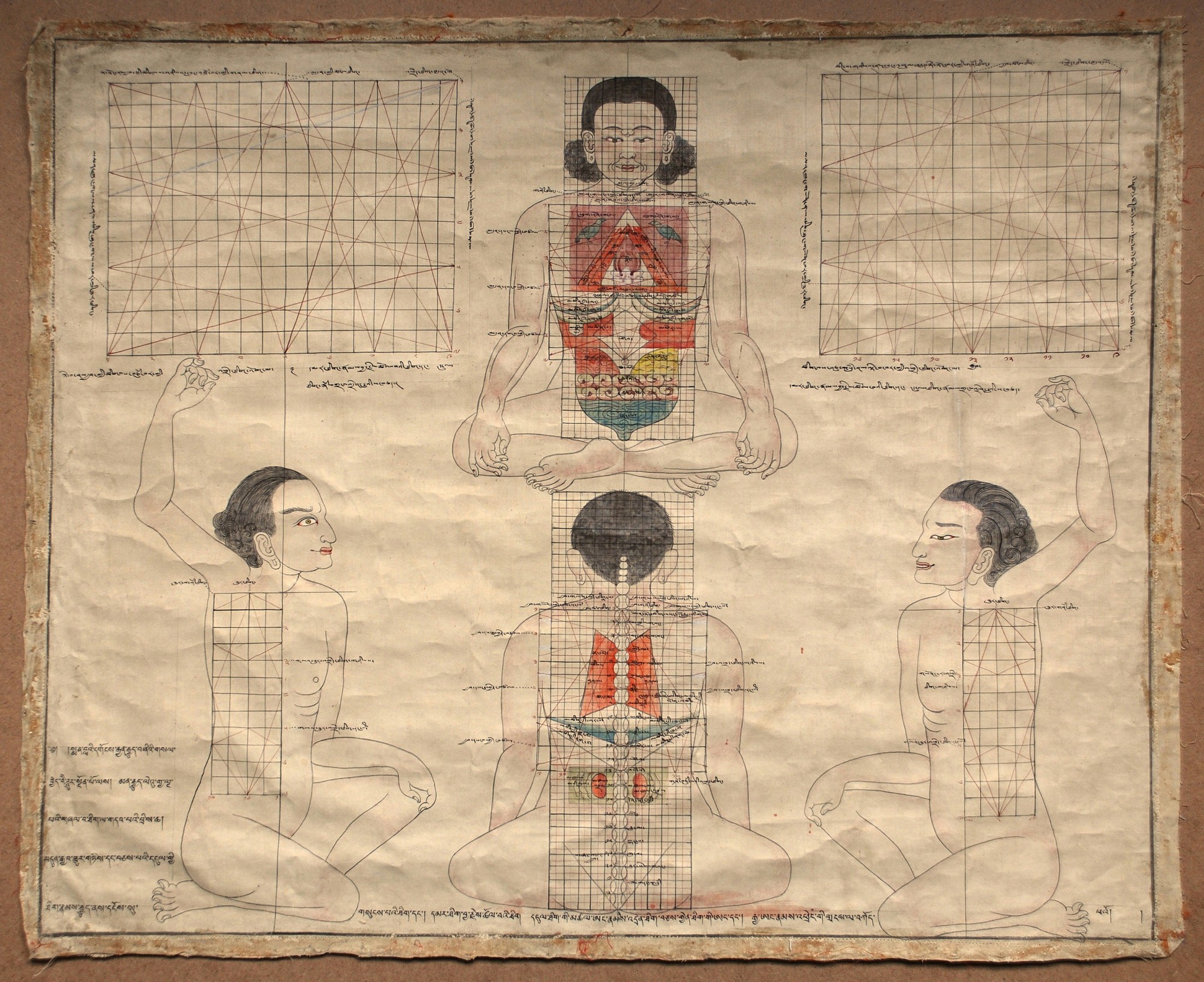
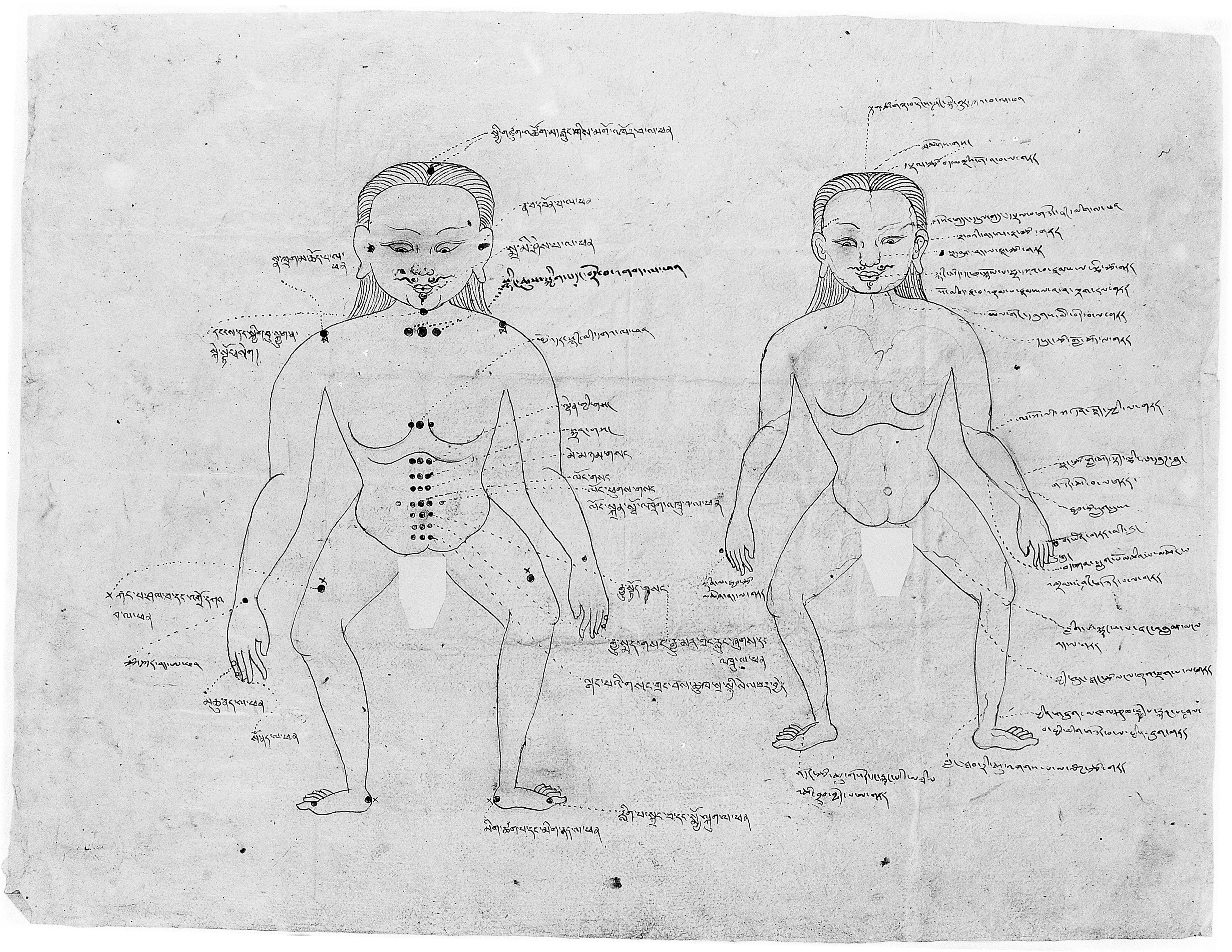
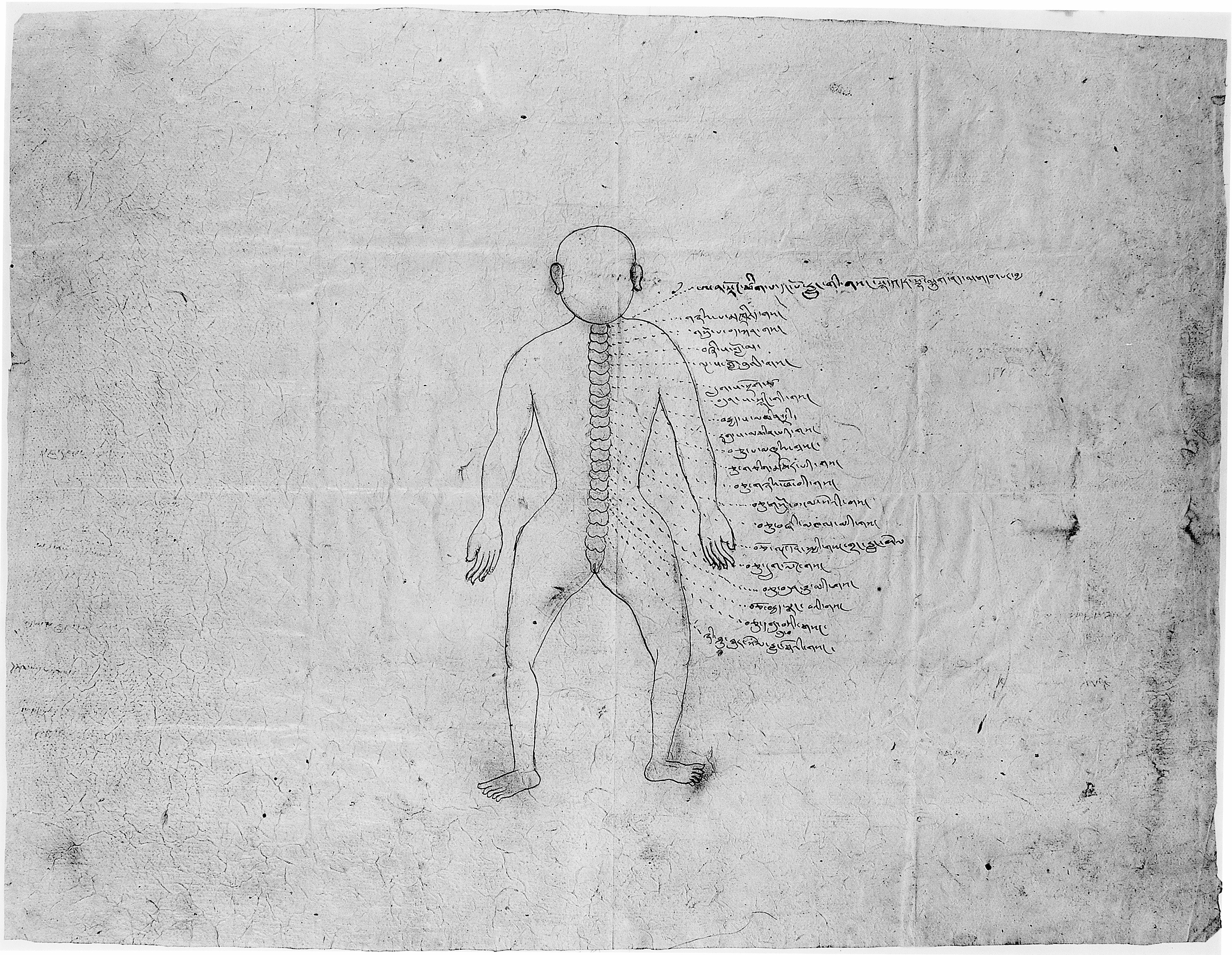
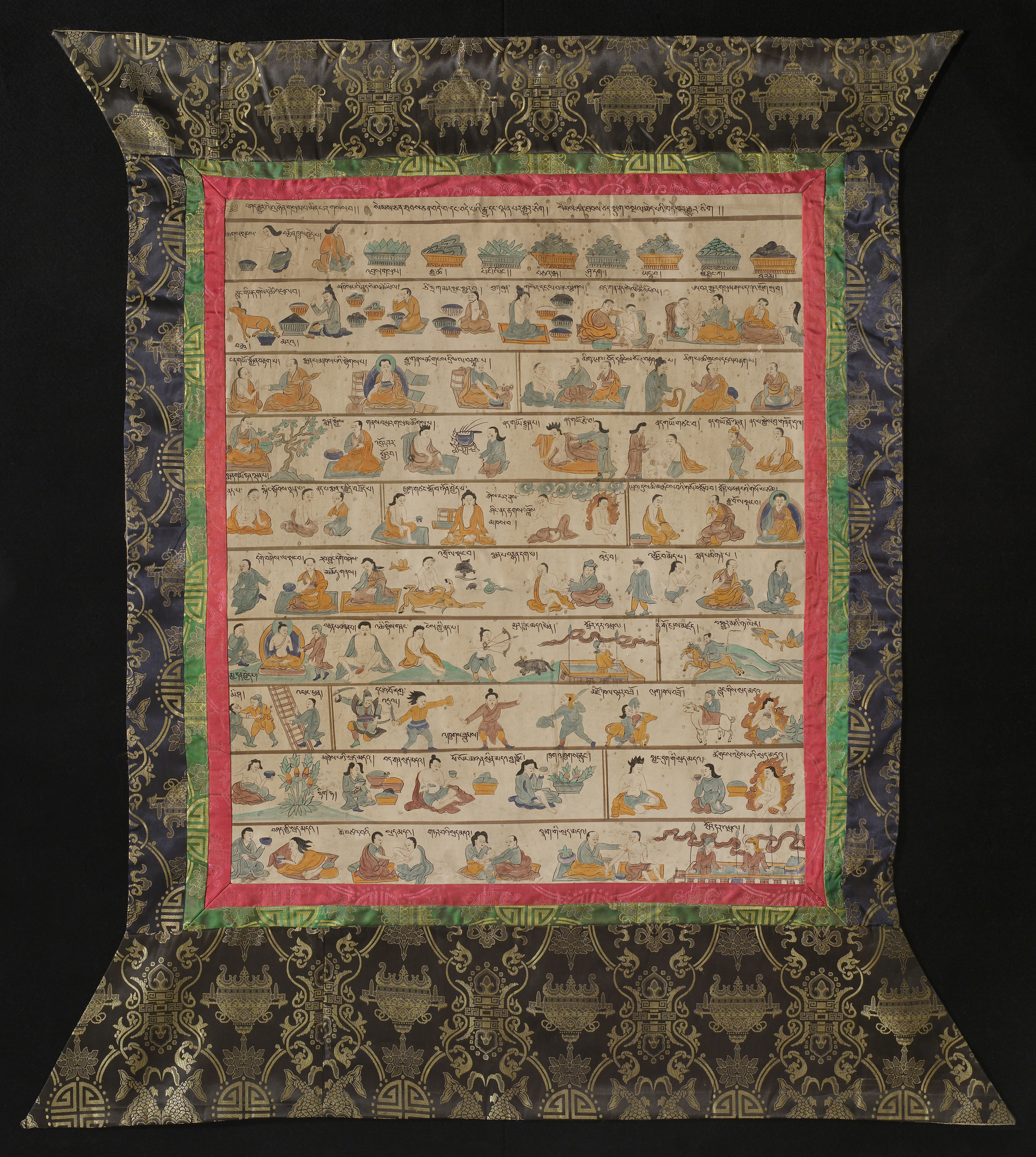
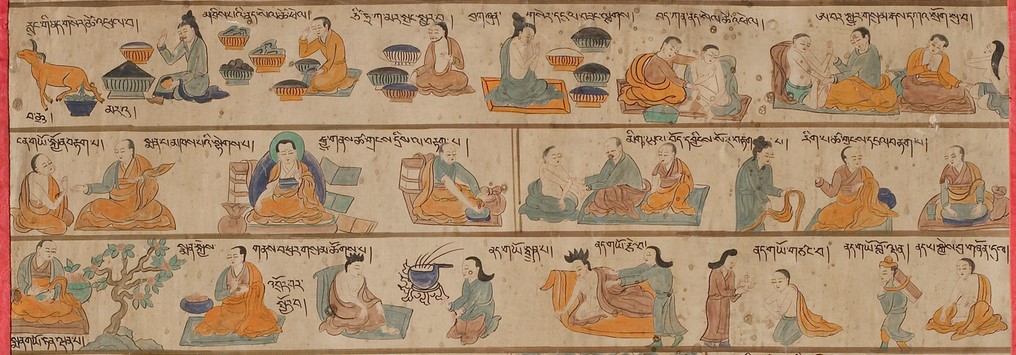
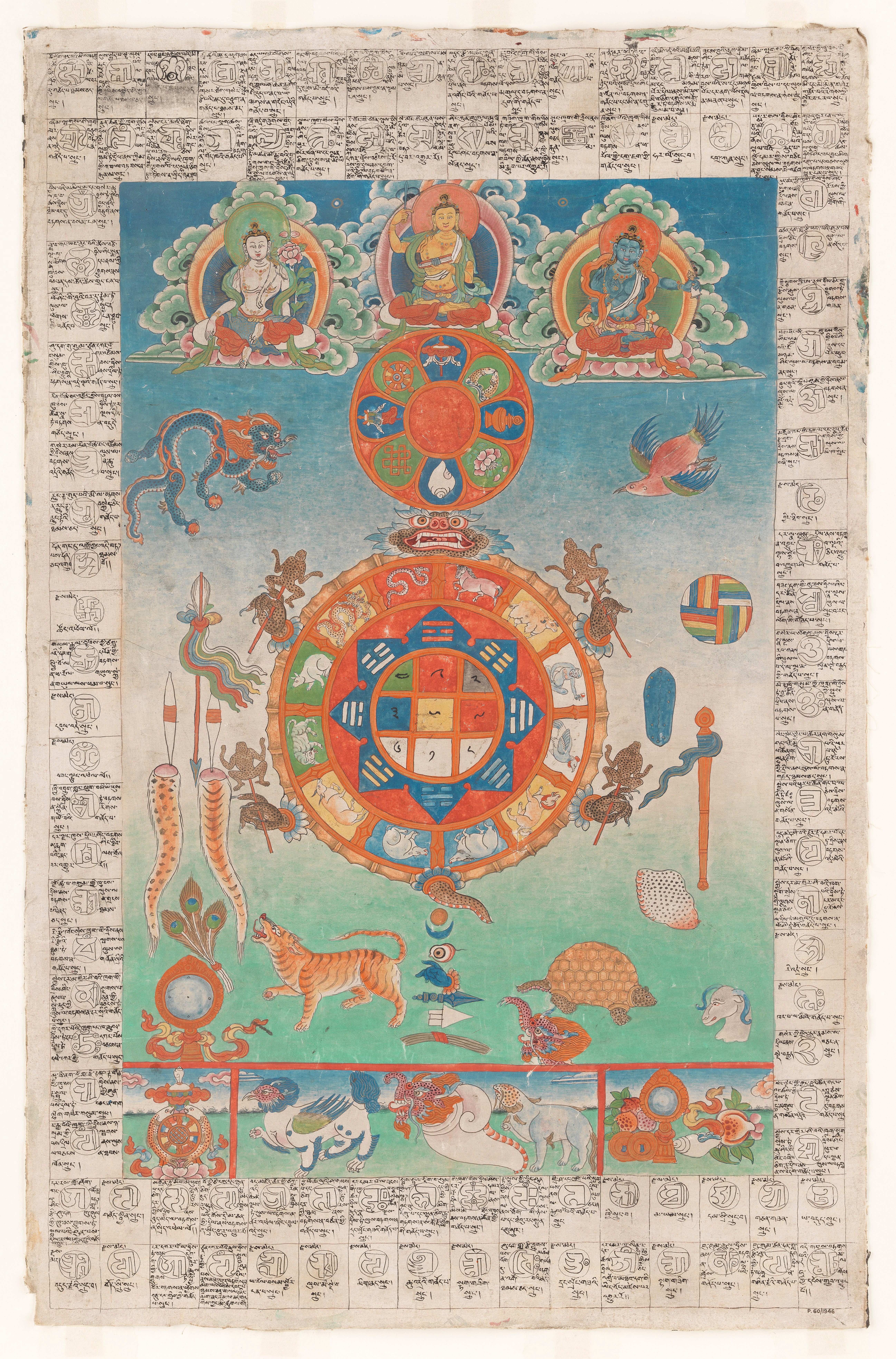
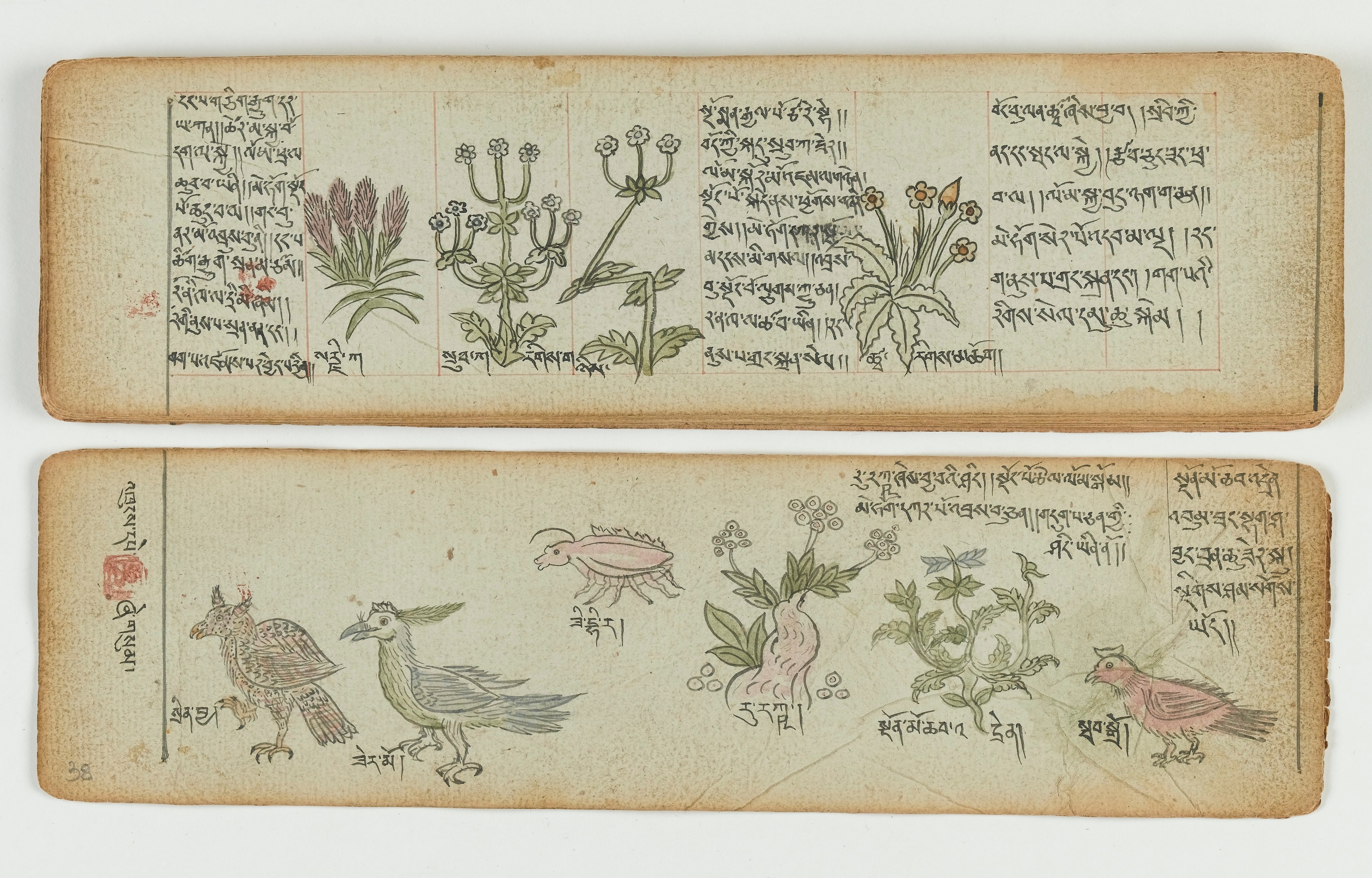
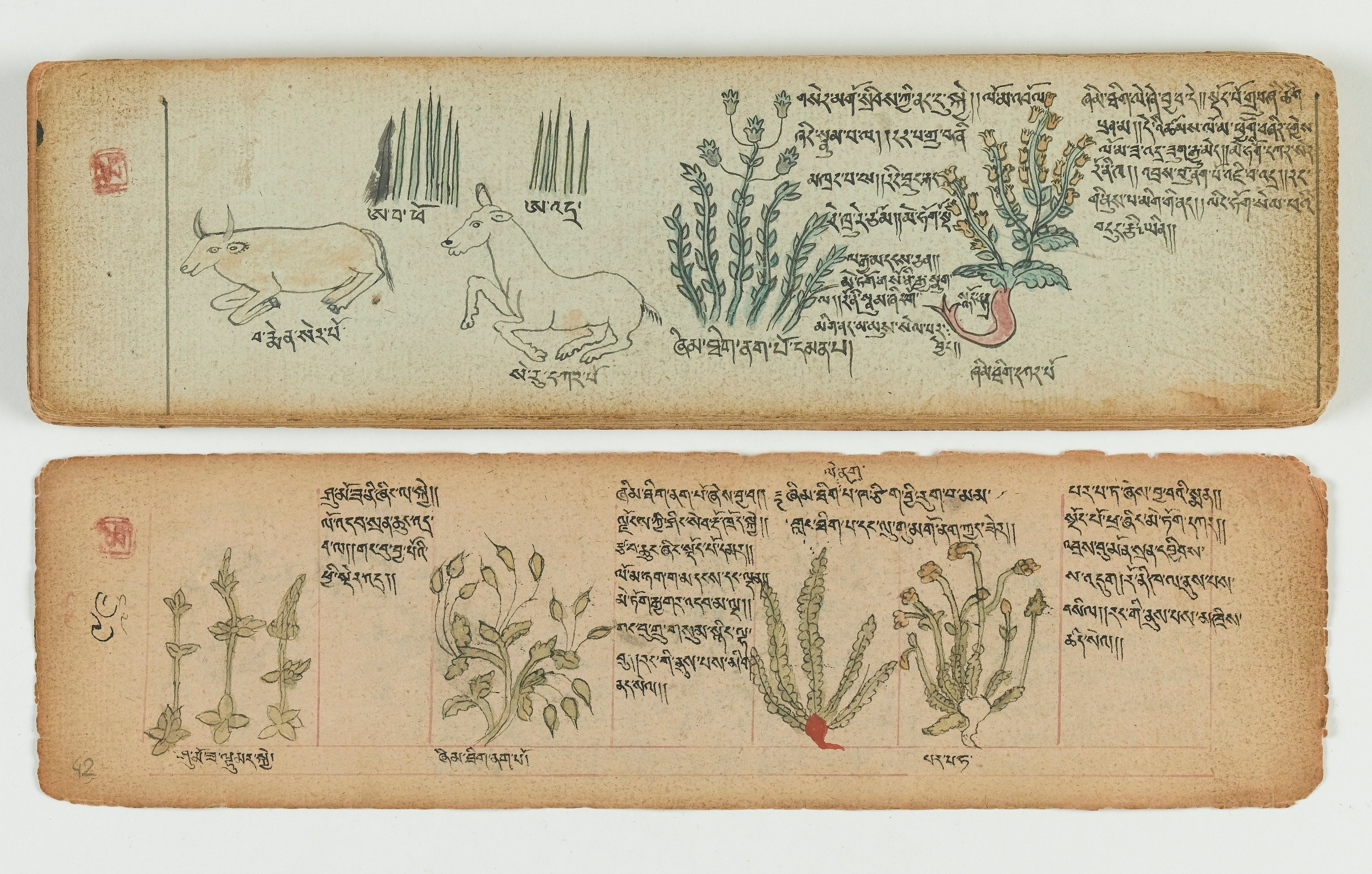
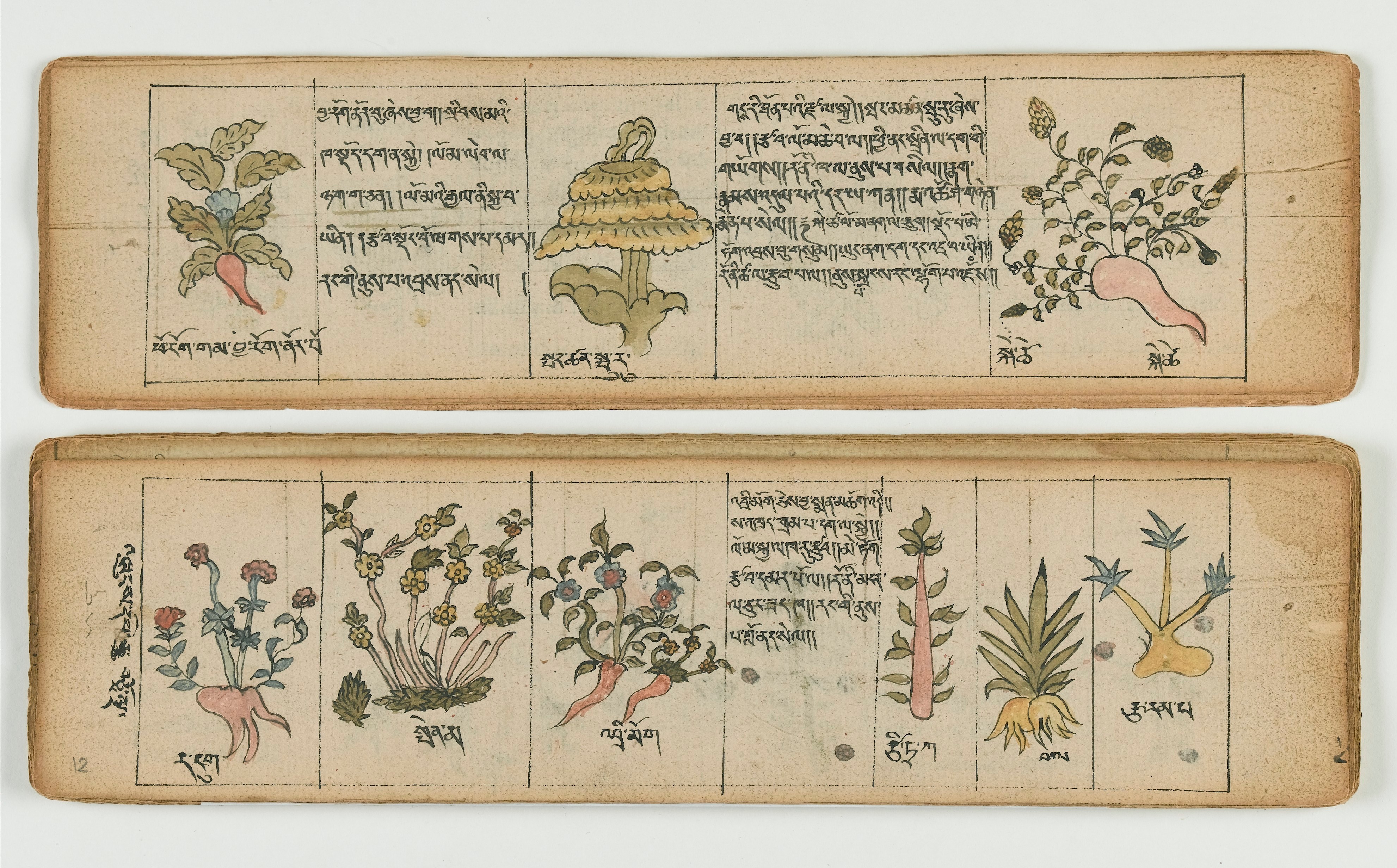
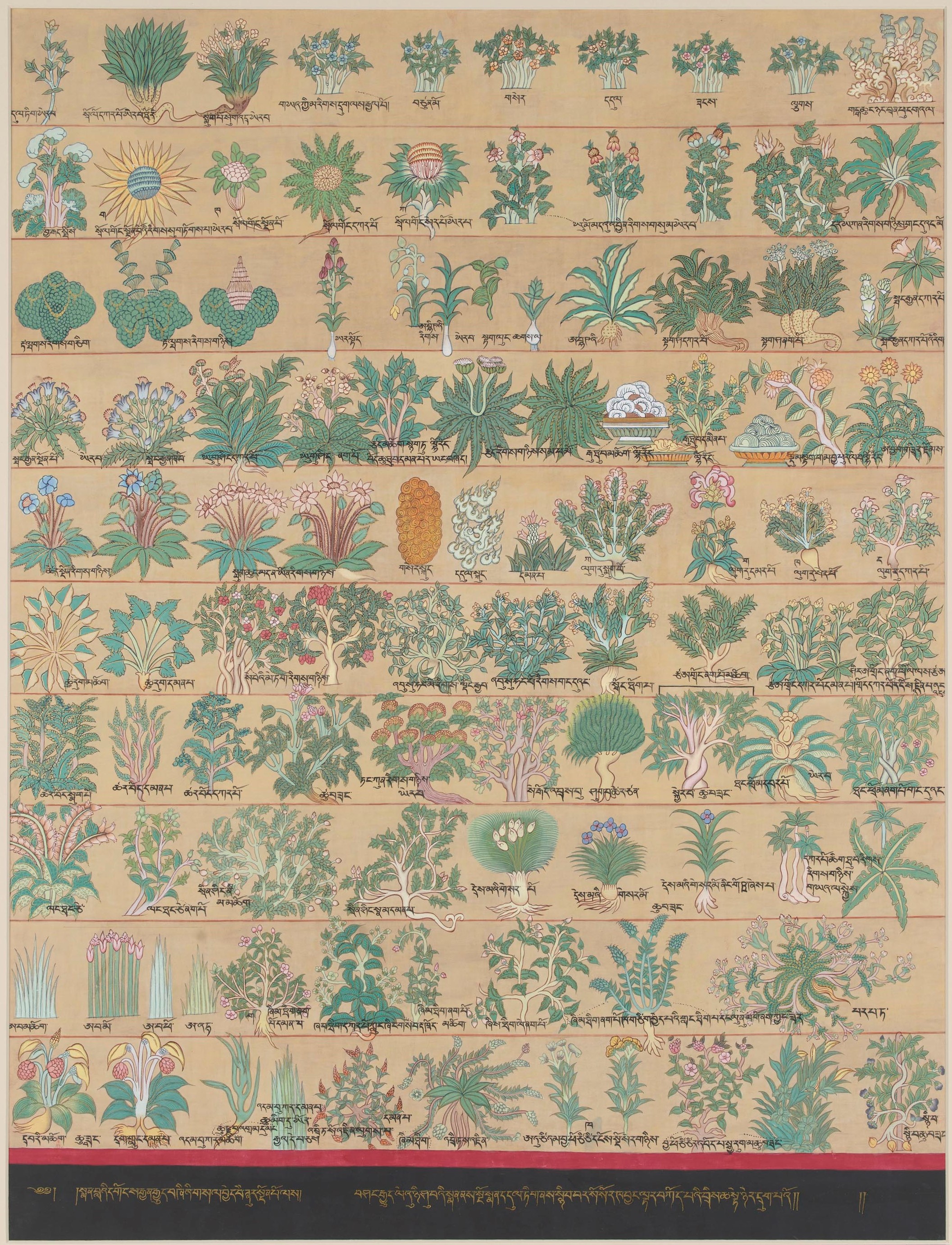

Welcome to the fifteenth episode of the Global History Podcast, which is also the next installment in our series, ‘Global Histories of Health, Medicine, and Disease in the Early Modern World’.
Today we’d like to welcome Janet Gyatso, Hershey Professor of Buddhist Studies and Associate Dean for Faculty and Academic Affairs at Harvard Divinity School. In her own words, Professor Gyatso “is a specialist in Buddhist studies with [a] concentration on Tibetan and South Asian cultural and intellectual history.” She is the editor of In the Mirror of Memory: Reflections on Mindfulness and Remembrance in Indian and Tibetan Buddhism (SUNY Press, 1992) and Women in Tibet: Past and Present (Columbia University Press, 2006), and she is the author of Apparitions of the Self: The Secret Autobiographies of a Tibetan Visionary (Princeton University Press, 1998), and Being Human in a Buddhist World: An Intellectual History of Medicine in Early Modern Tibet (Columbia University Press, 2015).
This past June, Chase spoke with Professor Gyatso over skype about her book Being Human in a Buddhist World, discussing topics including the entanglement of Buddhism and medicine in early modern Tibet, the cross-cultural influences of diverse medical traditions on Tibetan medicine, and the importance of adopting a non-Eurocentric perspective when studying ways of knowing, debating, and gathering information about the human body and the natural world. Listen on to find out more.
If you have any thoughts, questions, or comments about this episode, or would like to pitch us an idea for a new episode, feel free to email us at theglobalhistorypodcast@gmail.com, or send us a message on our website’s contact form, facebook, twitter, or instagram. If you would like to consult further resources on global history, feel free to visit our ‘Further Resources‘ page.
IMAGE 1: ‘The Medicine Buddha Bhaisajyaguru holding the myrobalan fruit and alms bowl.’ Origin Location: Central Tibet. Date Range 1400 – 1499. Size: 19 x 18 cm (7.48 x 7.09 in). Material: Ground Mineral Pigment, Fine Gold Line on Cotton. Collection Publication: Hugo Kreijger, Tibetan Painting: The Jucker Collection (2001). Downloaded from Himalayan Art Resources, Item No. 89118. © 2020 Himalayan Art Resources Inc. Photographed Image Copyright © 2004 Publication: Tibetan Painting, The Jucker Collection.
IMAGE 2: ‘Bhaisajyaguru (the Medicine Buddha) and Padmasambhava (below, centre). Distemper painting by a Tibetan painter’. Description: “The Medicine Buddha, Bhaishajyaguru, with his right hand in the earth-touching position. His left hand, in a meditation gesture, holds a lapis lazuli bowl containing three pieces of myrobalan fruit (a species of plum), considered to have medicinal properties. To his right a miniature form of the deity, Green Tara, is depicted in a roundel. Below is Padmasambhava, who formally introduced Buddhism from India to Tibet. His two female consorts, Mandarava and Yeshe Tsogyal, flank him on either side. The Medicine Buddha sutras emphasise the value of visualising the Medicine Buddha and chanting the appropriate text, to promote the healing of body, speech and mind. Thangka 10.” Physical Description: ‘1 painting : distemper on sized linen mounted on brocade ; distemper 60 x 44 cm’. Wellcome Library no. 47081i. Genre/Technique: Tankas (Tibetan scrolls); Distemper painting. System No. .b14655317. Downloaded from the Wellcome Collection. Attribution 4.0 International (CC BY 4.0).
IMAGE 3: ‘The medicine Buddha (Bhaiṣajyaguru) and Tsongkhapa (1357-1419). Distemper painting by a Tibetan painter’. Description: “In the centre of the painting is the Medicine Buddha (Bhaiṣajyaguru). His body colour can be blue, white or yellow: here it is yellow, and his hands and feet are adorned with henna. His hair is blue, his top knot is surmounted by a yellow crest jewel, his halo is green and his body nimbus is dark blue like lapis lazuli and traversed with golden rays. His right hand forms the meditation gesture and his left hand he holds a blue bowl containing a myrobalan plant with three pieces of fruit growing from it. His embroidered robe is red and yellow. His legs are in full lotus posture. Showing that the art of medicine depends on learning, he is surmounted by the smaller figure of Tsongkhapa (1357-1419), the founder of the Gelugpa (dGe lugs pa) school of Tibetan Buddhism which stresses the aspect of scholarship. This order is recognisable by its yellow hats. His right hand forms the preaching gesture while his left hand holds a white bowl resting on a white scarf. In the bowl is a butter lamp. … Beneath the Medicine Buddha, the Wheel of the Law can be seen which symbolises the teaching of the Buddha. …” Physical Description: ‘1 painting : distemper on linen ; distemper 69 x 40 cm’. Wellcome Library no. 47100i. Genre/Technique: Tankas (Tibetan scrolls); Distemper painting. System No. b14655500. Downloaded from the Wellcome Collection. Attribution 4.0 International (CC BY 4.0).
IMAGE 4: Detail, ‘Top Three Registers: Medicine Buddhas & Early Rishis’, from ‘Blue Beryl Medical Compositions (charts) commissioned by the 3rd Desi Sanggye Gyatso (1653-1705)’. Date Range: 1700 – 1799. Collection: Private. Description: ‘The overall image above is created by layering fifteen strips of register found at the top of the first fifteen Blue Beryl compositions. …. The first topic, Medicine Buddha and the Medicine Buddha Sutras, are a religious teaching and group of several texts. Initially it is using the idea of a Medicine Buddha and healing as a metaphor for suffering as sickness and healing with correct methods as the Dharma teachings of Buddhism. It was only in Tibet in the 11th and 12th century that Medicine Buddha and the Medicine Buddha Sutras began to be directly linked to medicine and the new concept of Tibetan Medicine. The linking of Medicine Buddha and Tibetan Medicine can be found in the Four Medical Tantras and in the later Yutog Nyingtig. Both of these texts are classifies as ‘terma’ Revealed Treasure teachings of the Nyingma Tradition of Tibetan Buddhism. … The top register begins with the 5th Dalai Lama followed by the Eight Medicine Buddhas, and the five activity emanations of the Medicine Buddha. Those are followed by four Indian deities which include Indra and Prithi Devi, twelve Indian rishis and six further Indian gods including Brahma, Mahadeva, Vishnu, Kumara, Ganesha and Ramana. The gods and rishis are also repeated in the depiction of the Medicine Buddh[a] Realm. They surround the central figure and each has a name inscription.’ Downloaded from Himalayan Art Resources, Item No. 35810. © 2020 Himalayan Art Resources Inc. Images Provided Courtesy of Private Collections.
IMAGE 5: Tree from the Blue Beryl Medical paintings. Origin Location: Tibet. Lineages: Buddhist. Collection: Margot and Tom Pritzker. No date provided by the Himalayan Art Resources website. Description by Jeff Watt: ‘The set of Blue Beryl Medical paintings, designed by Desi Sanggye Gyatso, contain three different compositions depicting trees. The three paintings serve as the contents, outline, and map for the entire contents and artistic depictions of the medical treatise. It is interesting to note how the different artists over the past 300 years have made subtle changes and differences in the depiction without altering the overall meaning.’ Downloaded from Himalayan Art Resources, Item No. 58330. © 2020 Himalayan Art Resources Inc. Photographed Image Copyright © 2014 Margot and Tom Pritzker.
IMAGE 6: Tree from the Blue Beryl Medical paintings. Origin Location: Tibet. Date Range: 1800 – 1899. Lineages: Gelug and Buddhist. Material: Ground Mineral Pigment on Cotton. Collection: Private. Description by Jeff Watt: ‘The set of Blue Beryl Medical paintings, designed by Desi Sanggye Gyatso, contain three different compositions depicting trees. The three paintings serve as the contents, outline, and map for the entire contents and artistic depictions of the medical treatise. It is interesting to note how the different artists over the past 300 years have made subtle changes and differences in the depiction without altering the overall meaning.’ Downloaded from Himalayan Art Resources, Item No. 18304. © 2020 Himalayan Art Resources Inc. Images Provided Courtesy of Private Collections.
IMAGE 7: ‘The Interconnecting Blood Vessels: Back View (Thangka 10) [Three Tibetan anatomical figures. Watercolour, 1904]’. Description: ‘The Interconnecting Blood Vessels: Back View. Medicine Thangka 10. Watercolour on linen, 1904. Three Tibetan anatomical figures. Three human bodies showing different organs. Separate figures show the vertebral column, the solar plexus, and the system of channels connected with the five senses and with consciousness. Along the top, twelve great teachers of medicine. Assumed to be one of the four copies of a painting shown to L.A. Waddell at the Chagpori medical college in Lhasa in 1904. The painting is one in a set of eighty commissioned by Sangye Gyamtso (Regent of the fifth Dalai Lama) in 1687 and completed by 1703, as part of his treatise “The blue beryl”, a commentary on the Four tantras (Rgyud bzhi) of the Medicine Buddha (Bhaisajyaguru).’ Physical Description: ‘1 painting : watercolour, with black ink on white linen ; image 78.8 x 64 cm’. System No. .b15749149. Downloaded from the Wellcome Collection. Attribution 4.0 International (CC BY 4.0).
IMAGE 8: ‘Blue Beryl chapter 50’. Origin Location: Tibet. Date Range: 1700 – 1799. Lineages: Buddhist. Material: Ground Mineral Pigment on Cotton. Collection: Rubin Museum of Art. Downloaded from Himalayan Art Resources, Item No. 81838. © 2020 Himalayan Art Resources Inc. Photographed Image Copyright © 2004 Rubin Museum of Art.
IMAGE 9: ‘Anatomical chart. Tibetan (?) showing two male figures.’ No date provided by the Wellcome Collection. Downloaded from the Wellcome Collection. Attribution 4.0 International (CC BY 4.0).
IMAGE 10: ‘Anatomical chart. Tibetan (?) showing back of one figure’. No date provided by the Wellcome Collection. Downloaded from the Wellcome Collection. Attribution 4.0 International (CC BY 4.0).
IMAGE 11: ‘Medical Chart from the Blue Beryl painting set, #35, Chapter 23-28. Prophylactics, Diagnostics & Therapeutic Principles.’ Origin Location: Tibet. Date Range 1800 – 1899. Lineages: Gelug and Buddhist. Material: Ground Mineral Pigment on Cotton. Collection: Yale University Art Gallery. Catalogue # 2003.74.1. Downloaded from Himalayan Art Resources, Item No. 58881. © 2020 Himalayan Art Resources Inc. Photographed Image Copyright © 2010 Yale University Art Gallery.
IMAGE 12: Detail from ‘Medical Chart from the Blue Beryl painting set, #35, Chapter 23-28. Prophylactics, Diagnostics & Therapeutic Principles.’ Origin Location: Tibet. Date Range 1800 – 1899. Lineages: Gelug and Buddhist. Material: Ground Mineral Pigment on Cotton. Collection: Yale University Art Gallery. Catalogue # 2003.74.1. Downloaded from Himalayan Art Resources, Item No. 58881. © 2020 Himalayan Art Resources Inc. Photographed Image Copyright © 2010 Yale University Art Gallery.
IMAGE 13: ‘Or Tibetan 114 – Bloodletting chart, Tibet’. Description: ‘Chart indicating good and bad bloodletting days and when to guard against demons. The chart also contains a sme ba, 9 figures symbolising the elements in geomancy, in the centre with the Chinese pa-kua, 8 trigrams, surrounded by 12 animals representing months and years. Below this, symbols of the 7 days of the week. 106 compartments containing an ornamental letter in each and written in dbu indicate bloodletting days. The protector deities, top, are Manjursri, the White Tara and Vajrapani, below them the 8 fortune signs and other symbols.’ Downloaded from the Wellcome Collection. Attribution 4.0 International (CC BY 4.0).
IMAGE 14: Part of ‘A Selection of Substances used for the Production of Medicine based on the Teaching of the four (medical) Tantras’. No date provided by the Wellcome Collection. Description: ‘Illustrations of Tibetan materia medica, plant and animal, used in the production of medicine. Title: ‘A Selection of Substances used for the Production of Medicine based on the Teaching of the four (medical) Tantras’ This anonymous manuscript is written in the ‘Trungpa’ (‘khrungs dpe) genre of Tibetan medical literature. Entitled, ‘Sman bla’i dgongs rgyan rgud bzhi’i nang gi ‘khrungs dpe re zhig’, it deals with various material medica, plant and animal, used in the production of medicine. The book comprises unbound sheets of thick (perhaps Russian?) paper held together by two boards and wrapped in a piece of cloth. The medical illustrations are finished in colour. The manuscript is very rare and obviously very expensive. Its owner made a significant effort to obtain illustrations for every medicine mentioned, including plants, stones and animals. There are several suggestions about the origin of the manuscript. It might well be a copy from Sangye Gyatso’s ‘tankas’, possibly written by a painter or doctor who travelled from Mongolia to Lhasa. It could have been transcribed in Tibet and subsequently sold to Mongolia. There is a similarity between the images of material medica in this manuscript and those found in the 19th century Tibetan xylographs of medical works, like the ‘Mdzes mtshar mig rgyan’, which circulated in the territory of Mongolia in the nineteenth century.’ Downloaded from the Wellcome Collection. Attribution 4.0 International (CC BY 4.0).
IMAGE 15: Part of ‘A Selection of Substances used for the Production of Medicine based on the Teaching of the four (medical) Tantras’. No date provided by the Wellcome Collection. Downloaded from the Wellcome Collection. Attribution 4.0 International (CC BY 4.0).
IMAGE 16: Part of ‘A Selection of Substances used for the Production of Medicine based on the Teaching of the four (medical) Tantras’. No date provided by the Wellcome Collection. Downloaded from the Wellcome Collection. Attribution 4.0 International (CC BY 4.0).
IMAGE 17: Enduring medical knowledges and artistic traditions in modern Tibetan society. Romio Shrestha, ‘Tangka, Materia Medica IV: Herbal Medications’. Collection: Asian Ethnographic Collection, Division of Anthropology, American Museum of Natural History. Catalog No: 70.3/ 5489. Culture: Tibetan. Country: China. Material: Canvas, Pigment, Gilt [Ground Mineral Pigment on Cotton]. Dimensions: Height: 75 cm. Width: 56.8 cm. Technique: Painted. Subject: Medical Tangka, Materia Medica IV: Herbal Medications. Acquisition Year: 1998 [gift]. Donor: Emily Fisher. Artist: Romio Shrestha. Exhibition History: ‘Body and Spirit: Tibetan Medical Paintings. Amnh, New York, Ny. January 2011 – July 2011’. Exhibition Label: ‘High Altitude Medicinal Plants. Although much of Tibet lies at very high altitudes and consists of sparse grasslands, the region contains forests and semi-deserts as well. These produce thousands of different plant species, many used in traditional Tibetan medicine. This painting shows some of that variety, including grasses and funguses as well as sedum, a succulent. Blue Gentian: According to the humoral classifications of Tibetan medicine, gentian is used to treat an excess of bile or wind. Its taste is bitter and its nature is cooling. Many varieties of gentian, like this Tibetan blue gentian, grow at high altitudes around the world. (4th row, 1st image)’. Downloaded from Himalayan Art Resources, Item No. 94106. © 2020 Himalayan Art Resources Inc. Photographed Image Copyright © 2009 American Museum of Natural History.
IMAGE 18: Detail from Romio Shrestha, ‘Tangka, Materia Medica IV: Herbal Medications’. Collection: Asian Ethnographic Collection, Division of Anthropology, American Museum of Natural History. Catalog No: 70.3/ 5489. Downloaded from Himalayan Art Resources, Item No. 94106. © 2020 Himalayan Art Resources Inc. Photographed Image Copyright © 2009 American Museum of Natural History.

